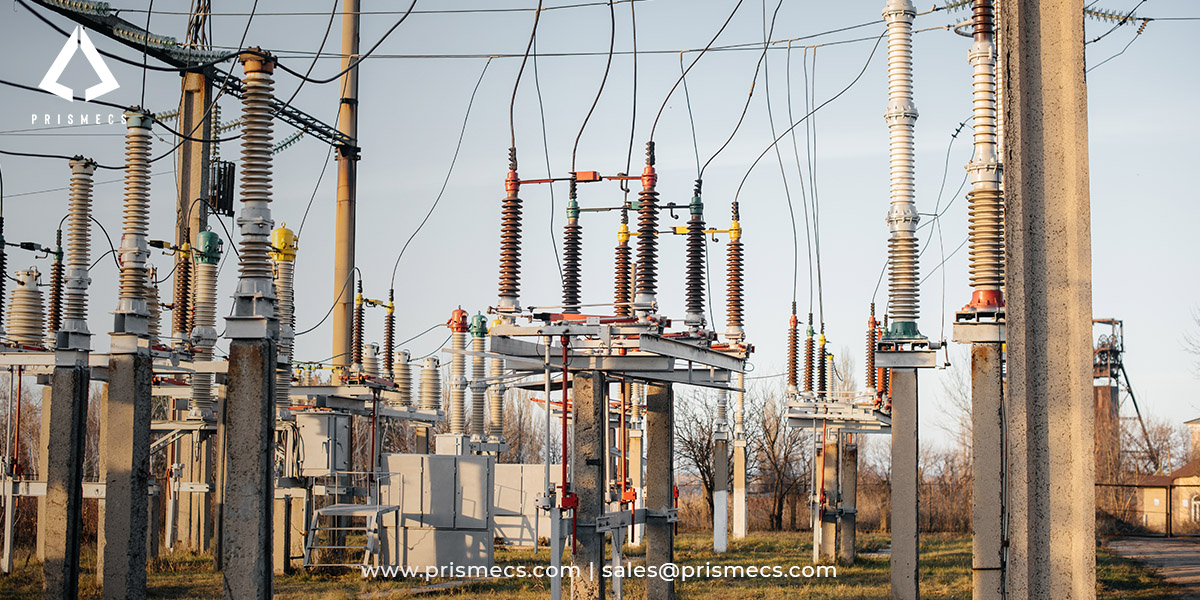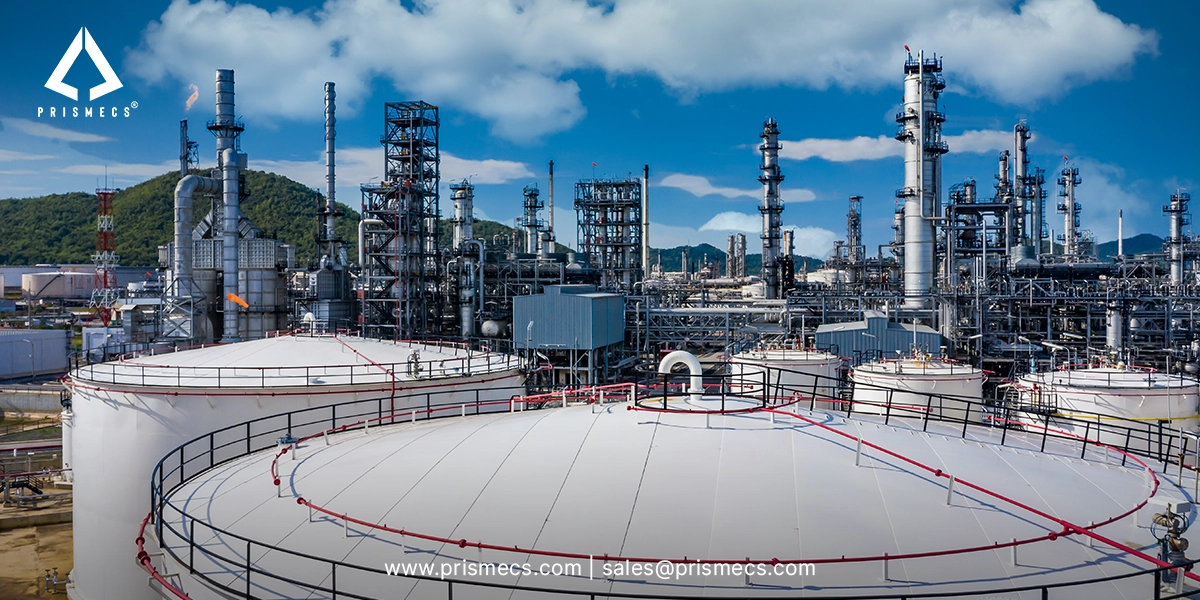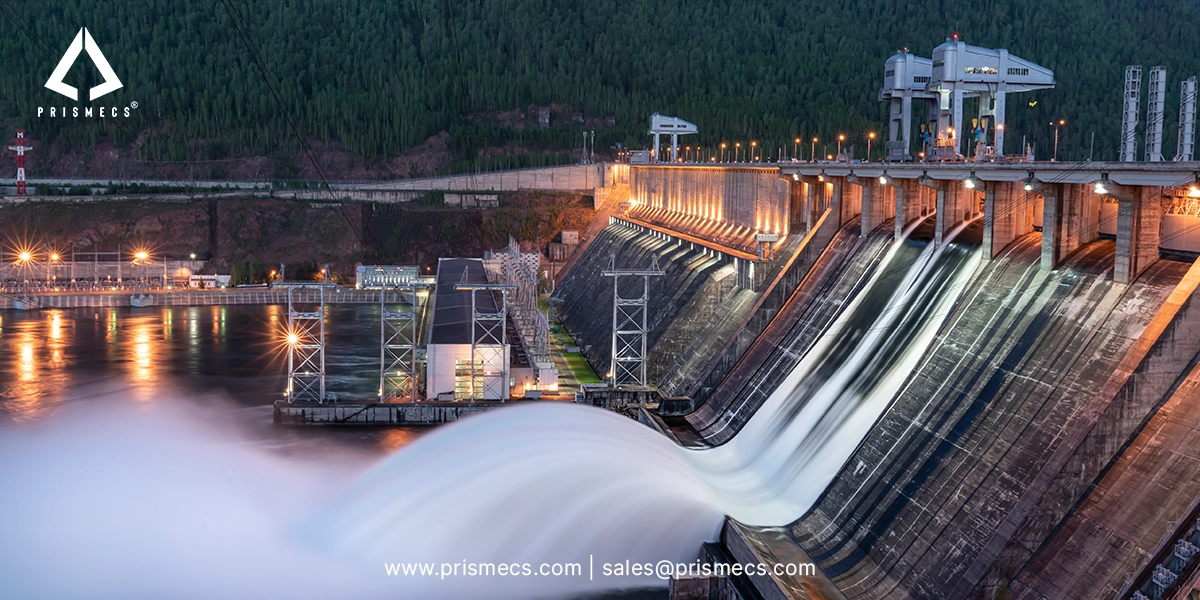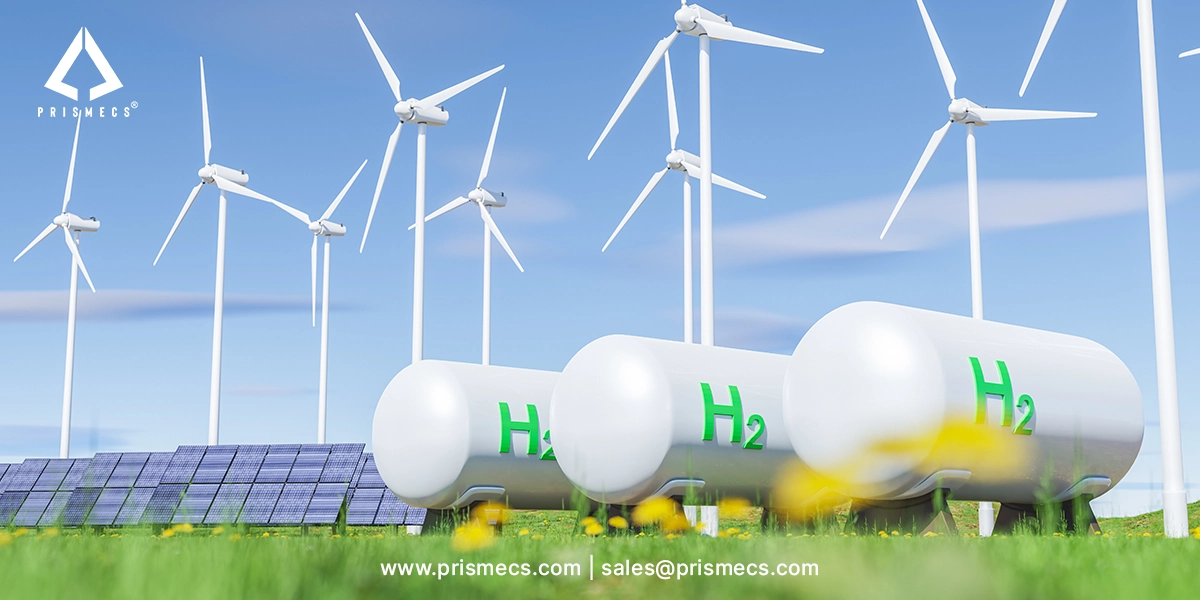
An electric power substation is integral to electricity transmission and distribution. Engineers design substations to manage and distribute power efficiently from generating plants to homes, offices, and factories.
Engineers design these substations to handle large amounts of electricity. They play a vital role in the electricity grid, and the equipment used in substations is crucial.
It ensures the power system’s safe, reliable, and efficient operation. This blog will explore the various types of equipment in a substation and their functions within the electricity network.
Key Types of Power Distribution Equipment
Below, I list some key types of electrical substation devices:
Transformers
Transformers are vital components in a power substation. They convert higher voltage electricity from power generators and generating plants. They make power suitable for homes and businesses. They lower the voltage levels to make it usable.
This process is necessary for effective power distribution. Transmission substations use several transformers, including step-up, step-down, and autotransformers. All play important roles in regulating the electricity flows within the power system.
Circuit Breakers
Circuit breakers are crucial devices in electric substations. Engineers design them to protect electrical equipment. If a fault occurs, they interrupt the current flow.
A fault, such as a short-circuited line, may happen. They help safeguard the transmission network and prevent damage to power distribution equipment.
Circuit breakers are available in manual or automatic varieties. They come in different sizes depending on the voltage and current levels present in the power distribution system.
Switchgear
Switchgear refers to equipment used to control the electricity flows in a substation. It includes switches, fuses, and circuit breakers, which help regulate and protect the electricity grid.
Switchgear can be metal-clad or metal-enclosed. Its design varies to accommodate different voltage and current levels. It is used in power transmission and distribution.
Capacitors
Capacitors in power substations improve power quality by regulating voltage and reducing power losses. They store electrical energy and release it when necessary to maintain stable voltage levels.
This enhances the transmission system’s efficiency. Capacitors help minimize voltage drops across overhead power lines in electrical distribution and improve overall power distribution efficiency.
Reactors
Substations use reactors to limit current flow and prevent equipment overloading. Operators often use them with capacitors to maintain voltage stability and enhance power quality.
Reactors regulate current in the distribution substation network, help prevent equipment damage, and improve the electricity network’s performance.
Instrument Transformers
Instrument transformers include current transformers (CTs) and potential transformers (PTs). They measure voltage and current levels in substations. These measurements control and protect the electricity network, ensuring the transmission system operates smoothly.
Battery Banks
Battery banks provide backup power to substations in case of a power failure. These batteries ensure that essential equipment, including protective relays and control systems, stays operational.
They work during a power outage, keeping the electricity distribution system running. They also continue to work when disruptions occur in the transmission lines.
Protective Relays
Protective relays are vital components in substations that continuously monitor the system for faults. The relay activates the circuit breakers when a fault occurs, such as a short-circuited component.
It isolates the broken part of the transmission network, preventing damage to equipment and keeping energy transfer reliable.
Control Systems
Electric substations employ control systems to monitor and manage the operation of electrical equipment. These systems include programmable logic controllers (PLCs) and human-machine interfaces (HMIs), which operators use to adjust settings.
They monitor equipment status and help toggle the table of contents of real-time data, ensuring optimal power system performance and network reliability.
Challenges in Sourcing Substation Equipment
Finding the right equipment for a power substation is a challenging task. Various factors make it complicated:
Limited availability
Some equipment may be inaccessible because of limited production or low demand. This can lead to extended lead times and potential project delays, requiring proactive sourcing strategies. Power and generation stations may face similar problems when getting the equipment needed to generate and send electricity efficiently.
Customization
Electrical distribution equipment often requires customization to meet specific requirements. This customization ensures optimal integration with existing infrastructure and accommodates unique operational parameters, such as tailoring power flows from power sources like wind turbines. This kind of adaptation demands close collaboration with manufacturers and detailed engineering specifications.
Compatibility
Ensuring compatibility of new equipment with existing systems can be difficult, especially when users rely on older technologies. Compatibility issues often arise when integrating alternating current (AC) systems into modern substations.
Thorough compatibility testing and detailed system analysis are essential. They help prevent operational disruptions. They ensure seamless integration, especially when dealing with power transmission systems.
Cost
The expense of distribution equipment can vary significantly. Finding affordable options that meet the technical requirements is often a challenge. Careful budgeting and strategic procurement are crucial.
You must balance cost-effectiveness with performance. You must balance cost-effectiveness with reliability. This applies whether the equipment is part of a power station or a load center.
Technical expertise
Selecting the correct equipment requires in-depth technical knowledge, which can be difficult for non-experts. Engaging experienced engineers and consultants is essential to ensure informed decisions and avoid costly errors in equipment selection.
This is especially important. Select equipment for long-term operation of generation stations. Ensure power sources remain stable.
Read More: 12 Substation Protection Equipment You Must Recognize
Benefits of Substation Equipment
The equipment used in power substations offers several key benefits for the electricity network, including:
Reliable Power Supply
Substation machinery ensures consistent voltage levels, reduces power fluctuations, and protects the system from faults and overloads, providing a stable electrical grid. This is critical for power stations and overhead systems that transmit electricity over long distances.
Improved Efficiency
Properly maintained equipment reduces power losses during power distribution, improving overall efficiency. Minimizing these losses is especially vital for systems that handle alternating current (AC). Energy savings have a significant impact on power flows across transmission networks.
Increased Capacity
Advanced equipment enables electricity distribution to accommodate growing energy demands, including renewable energy sources like wind turbines. As power sources diversify, substations must adapt and handle new forms of energy generation, including AC systems or other sustainable generation stations.
Enhanced Safety
Grid equipment incorporates safety features like grounding systems and circuit breakers, minimizing the risk of electrical accidents. This ensures the safety of operators and the public. It is especially important when handling high-voltage overhead power lines, which transmit electricity over large areas.
Remote Monitoring and Control
Operators monitor and control many substation systems remotely, enabling them to respond quickly. They can address issues in the transmission network.
They can also handle emergencies. This helps prevent disruptions to power flows and maintains the electrical grid's long-term reliability.
The Critical Role Substation Equipment
This equipment is crucial for the reliable and efficient operation of the electrical supply and distribution network. Electrical substations house essential equipment, like transformers, which adjust voltage levels.
They ensure safe and efficient power flows. Transformers optimize power transmission generated at power plants and ensure its safe delivery to end users. Circuit breakers play a critical role.
Protect Against Overloads and Faults
They protect against overloads and faults. They maintain the integrity of power plants. They protect load centers and other infrastructure. These devices safeguard the network and help to maintain a steady flow of power.
Each piece of equipment within the electrical generation system contributes to the stability and efficiency of the electricity network and ensures optimal transmission from the power source to the end users.
Efficient Control Equipment
As technology improves, better and more efficient control equipment will meet the needs of today's electrical systems. This will help ensure a safe and sustainable power supply across the grid.
Partner with Prismecs
Prismecs ensures you have access to high-quality, reliable equipment. Engineers designed it to meet the demands of modern electrical distribution. Our expertise and commitment to delivering efficient, safe, scalable solutions will help optimize your substation operations.
Contact us to learn more about substation equipment. It fits into and plays a role in the larger electrical distribution system. We offer professional consultation, whether you are dealing with a new generation station or an existing load center.
We provide services for both types. For inquiries, call +1 (888) 774-7632 or email us at sales@prismecs.com.
Tags: Circuit Breakers Distribution Network Distribution Substation Electric Power Electrical Substations Electricity Flows Electricity Grid Power Generators Power Plants Transmission And Distribution Transmission Lines Transmission Substations Transmission System
recent posts

Petrochemicals
6 minutes read
Petrochemical EPC Services for Complex Plant Projects
Petrochemical EPC services are designed to manage complex plant projects, brownfield integration, strict regulations, and tight schedules.

Renewables
5 minutes read
How Renewable Energy Systems Work Efficiently
Discover how renewable energy systems work efficiently to provide affordable, zero carbon energy, overcome storage challenges, and power for a sustain...

I and C Services
7 minutes read
Expert Commissioning Services for Safe, Efficient Operations
Learn how expert commissioning services support safe, efficient, and reliable energy operations across complex industrial and power systems.

Green Hydrogen
7 minutes read
Green Hydrogen Plant Technology Guide
Discover how a green hydrogen plant works, its key technologies, and its role in clean energy. Explore solutions for scalable, carbon-free hydrogen pr...